Can you replace the battery in solar string lights
Solar string lights have become increasingly popular for outdoor decoration, providing a charming ambiance to gardens, patios, and camping sites. These eco-friendly lighting solutions harness the power of the sun to illuminate our outdoor spaces, but like all battery-powered devices, they eventually face the question of battery replacement. In this comprehensive guide, we’ll learn whether it’s possible to replace the batteries in solar string lights and provide valuable insights for maintaining these luminous decorations.
Understanding the Anatomy of Solar String Lights
Before delving into battery replacement, it’s crucial to understand the components that make up solar string lights. These ingenious devices typically consist of several key elements:
- Solar Panel: This is the heart of the system, converting sunlight into electrical energy.
- Rechargeable Battery: Usually a NiMH (Nickel-Metal Hydride) or Li-ion (Lithium-ion) battery that stores the energy collected by the solar panel.
- LED Bulbs: The light-emitting diodes that provide illumination.
- Control Circuit: Manages the charging and discharging of the battery, as well as light functions.
- Housing: Protects the internal components from the elements.
The Feasibility of Battery Replacement in Solar String Lights
The question of whether you can replace the battery in solar string lights doesn’t have a one-size-fits-all answer. The feasibility depends on several factors:

Design of the Lights
Some bright solar string lights are designed with user-replaceable batteries in mind. These models often have a compartment that can be easily opened to access the battery. However, many budget-friendly options or those designed for seamless aesthetics may have sealed units, making battery replacement challenging or impossible without damaging the housing.
Type of Battery Used
The type of battery employed in your solar string lights can influence replaceability. NiMH batteries are more commonly found in user-serviceable units, while Li-ion batteries are often integrated into sealed designs due to their sensitivity to moisture and potential safety concerns if improperly handled.
Manufacturer’s Recommendations
It’s essential to consult the manufacturer’s guidelines. Some companies explicitly state whether their solar string lights have replaceable batteries and may provide instructions for the replacement process. Others may advise against battery replacement, citing warranty concerns or safety issues.
Steps for Replacing Batteries in Solar String Lights
If you’ve determined that your solar string lights have replaceable batteries, here’s a general guide to the replacement process:
- Locate the Battery Compartment: This is typically found on the back of the solar panel or within the main control unit.
- Open the Compartment: Use a small screwdriver to remove any screws securing the battery cover.
- Identify the Battery: Take note of the battery type, voltage, and size.
- Remove the Old Battery: Carefully disconnect and remove the existing battery.
- Insert the New Battery: Place the new battery, ensuring proper polarity alignment.
- Secure the Compartment: Replace the cover and screws, ensuring a proper seal to maintain weather resistance.
- Test the Lights: Allow the new battery to charge fully before testing the lights’ functionality.
Alternatives to Battery Replacement
If battery replacement isn’t feasible or desired, consider these alternatives:
Upgrade to New Solar String Lights
Technology in solar lighting is rapidly advancing. Newer models of bright solar string lights often feature improved efficiency, longer-lasting batteries, and enhanced durability. Upgrading to a new set might be more cost-effective in the long run, especially if your current lights are several years old.
Explore Hybrid Options
Some modern solar string lights come with dual power options – solar and USB charging. These hybrid models allow you to charge the lights via USB when sunlight is scarce, extending their usability and lifespan.
Consider Professional Repair
For high-end or sentimental solar string lights, professional repair services might be able to replace the battery even in sealed units. While this option might be pricier, it can breathe new life into cherished decorations.
Maintaining Your Solar String Lights for Longevity
To maximize the lifespan of your solar string lights and potentially delay the need for battery replacement, consider these maintenance tips:
- Clean Regularly: Keep the solar panel free from dirt, dust, and debris to ensure optimal charging.
- Proper Storage: When not in use for extended periods, store your lights in a cool, dry place after fully charging them.
- Avoid Overcharging: While most modern solar lights have built-in overcharge protection, it’s best to bring them indoors during extended periods of bright sunlight if they’re not in use.
- Optimal Placement: Ensure the solar panel receives direct sunlight for at least 6-8 hours daily for the best performance.
- Protect from Extreme Weather: While designed for outdoor use, extreme temperatures can degrade battery life. Consider bringing lights indoors during harsh weather conditions.
The Environmental Impact of Solar String Lights
Solar string lights are inherently eco-friendly, harnessing renewable solar energy for illumination. However, the environmental impact of these lights extends beyond their energy source:
Battery Disposal
When batteries in solar string lights reach the end of their life, proper disposal is crucial. Rechargeable batteries contain materials that can be harmful to the environment if not disposed of correctly. Many communities offer battery recycling programs, and it’s important to utilize these services rather than disposing of batteries in regular trash.
Lifespan and Waste Reduction
By maintaining your solar string lights properly and replacing batteries when possible, you extend the lifespan of the entire unit. This approach reduces electronic waste, aligning with sustainable practices. When upgrading becomes necessary, look for manufacturers that use recyclable materials or offer take-back programs for old units.
Energy Efficiency
Modern solar string lights often use LED bulbs, which are highly energy-efficient. When combined with the renewable energy source of solar power, these lights have a minimal carbon footprint during operation. This efficiency contributes to their growing popularity in eco-conscious landscaping and outdoor decor.
Conclusion
While the ability to replace batteries in solar string lights varies depending on the model and manufacturer, understanding your options can help you make informed decisions about maintaining or upgrading your outdoor lighting. Whether through battery replacement, proper maintenance, or upgrading to newer models, there are multiple ways to keep your outdoor spaces illuminated with the warm glow of solar-powered lights.
If you’re in the market for high-quality, innovative solar lighting solutions, consider exploring the offerings from BITPOTT. With a commitment to quality control, efficient communication, and continuous innovation, BITPOTT stands at the forefront of solar lighting technology. For more information or to discuss your outdoor lighting needs, don’t hesitate to reach out to their team at info@forigat.com.
References
- U.S. Department of Energy. (2021). “Solar Lighting.” Office of Energy Efficiency & Renewable Energy.
- National Renewable Energy Laboratory. (2022). “Solar Photovoltaic Technology Basics.”
- Environmental Protection Agency. (2023). “Proper Disposal of Household Batteries.”
- IEEE Spectrum. (2022). “The Future of Solar Cell Technology.”
- Journal of Cleaner Production. (2021). “Life Cycle Assessment of Solar-Powered LED Lighting.”



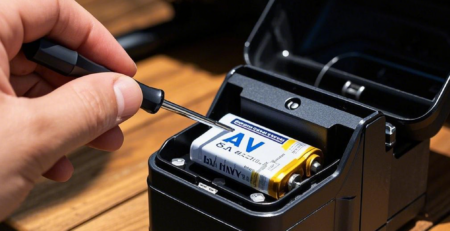
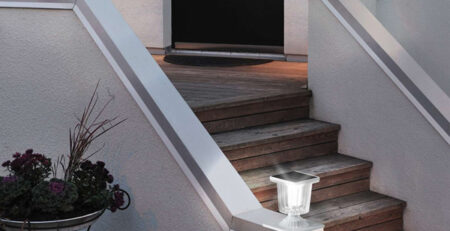


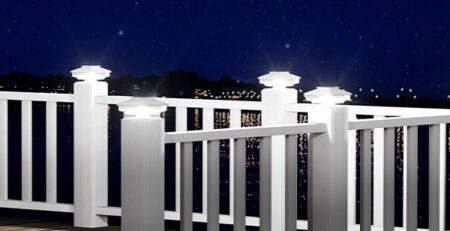


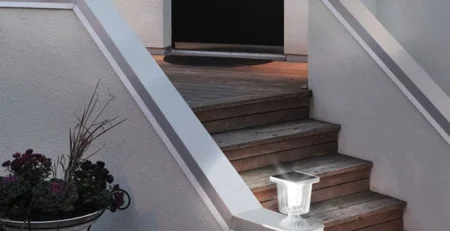
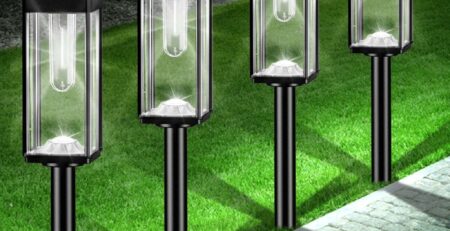
Leave a Reply